Trading goods through the Exchange not only helps businesses access global standard prices in real time, but also contributes to information transparency, balancing supply and demand and creating a healthy competitive environment. This is an important step forward to help the Vietnamese goods market integrate more deeply into the international value chain.
The solution to the problem of good harvest but low price
Recently, the price of durian in many localities has suddenly plummeted, causing durian growers to suffer. While two years ago, the price of Ri6 durian reached 170,000 VND/kg, now the price of durian is only 35,000 - 40,000 VND/kg. At this price, people are suffering heavy losses.
According to traders, the main reason for this situation is dependence on the Chinese market, or more directly on Chinese traders. Currently, this country is tightening trade, making it difficult to export durian. In addition, in the past few years, durian prices have increased sharply, so people have also increased the planting area, leading to a situation of good harvest - low price.
Obviously, over-reliance on the free market and lack of tools to hedge price risks make farmers and businesses vulnerable to being passive when supply exceeds demand or when exports encounter problems.
The situation of good harvest and low price of durian seems to have been a vicious cycle for Vietnam’s agricultural production industry for many years. From coffee, watermelon, longan, lychee… all fall into this cycle.
Up to now, the agricultural product that is considered to have temporarily escaped this vicious cycle is coffee.
Since the period of severe crisis from 2008 to 2016, when many gardeners destroyed coffee trees to convert to other crops, the current coffee growing area is being maintained, coffee output is growing steadily, and transaction prices are high.
The latest report from the US Department of Agriculture (USDA) shows that in the 2023-2024 crop year, Vietnam's coffee output will reach 27.5 million bags (equivalent to about 1.65 million tons), in the 2024-2025 crop year it is expected to reach 29 million bags (equivalent to about 1.74 million tons) and in the upcoming 2025-2026 crop year it is expected to reach 31 million bags (equivalent to about 1.86 million tons). Meanwhile, coffee prices have increased rapidly from the range of 50,000 - 60,000 VND/kg in early 2023 to the range of 130,000 VND/kg in 2025 and are expected to remain at this level in 2026.
According to Do Xuan Hien, Chief of Office of the Vietnam Coffee Association, these results are largely due to the trading of goods through the Exchange. When the Exchange is directly connected to international exchanges such as ICE and CME, Vietnamese businesses can access global standard coffee prices in real time, improving transparency and pricing capabilities in business.
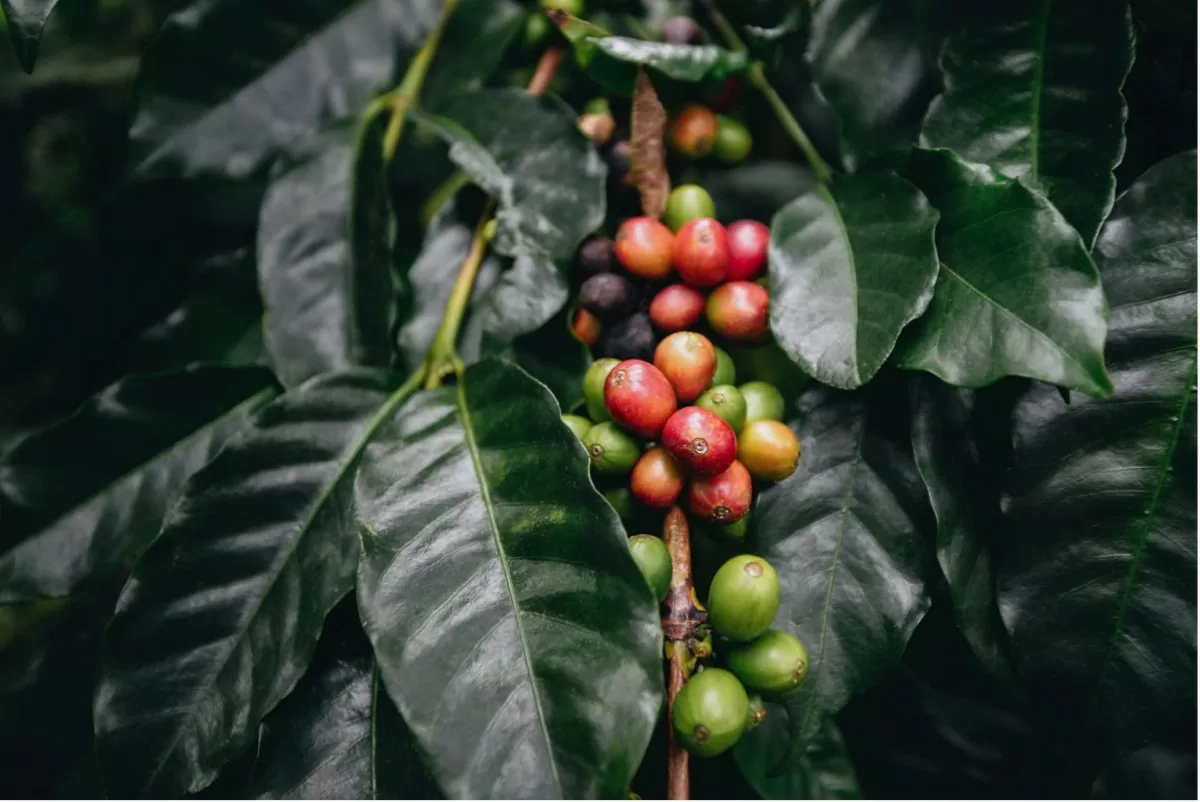 |
| Trading goods through the Exchange not only helps diversify and find effective channels for goods consumption, but also contributes to information transparency and supports the balance of market supply and demand. Illustrative photo |
Typically, in mid-February 2025, when world coffee prices peaked (Arabica was over 9,000 USD/ton, Robusta was also approaching 6,000 USD/ton), domestic coffee was also at its highest level ever, reaching 133,000 VND/kg.
More importantly, participating in futures trading helps businesses proactively hedge price risks, stabilize revenue and profits by "locking in" selling prices in advance, instead of depending on market fluctuations. This is also a strategic step to help improve financial management capacity and gradually integrate deeper into the global value chain.
The advantages of commodity trading through the Exchange are not only shown for coffee products. According to Dr. Nguyen Minh Phong - economic expert, commodity trading through the Exchange not only helps diversify and find effective channels for goods consumption, but also contributes to information transparency and supports the balance of market supply and demand, creating a fair competitive environment in accordance with market principles and in line with the spirit of Resolution 68 recently issued by the Politburo . Moreover, because prices are publicly established based on supply and demand and use market tools such as forward contracts, futures contracts or international standard clearing mechanisms to regulate the economy, the economy is not subject to administrative intervention, helping businesses, especially the private sector, proactively hedge risks and optimize production and business efficiency.
Market creation role
Dr. Nguyen Minh Phong also said that the development of commodity trading through the Department also contributes to the formation of a modern financial investment channel thanks to the synchronous development of various types of markets and the completion of healthy and transparent competitive institutions between market participants; reducing dependence on intermediaries and price manipulation; contributing to concretizing and realizing the Party's major orientations on private economic development: taking the private economy as the most important driving force in economic growth, innovation, enhancing competitiveness and job creation, ensuring social security in the socialist-oriented market economy in our country in the coming time.
Up to now, the Vietnam Commodity Exchange (MXV) is the only unit in Vietnam licensed to trade commodities, and has built a solid market foundation over the years. Currently, MXV is organizing the trading of 46 commodities and connecting with 10 major Commodity Exchanges in the world such as CME, ICE, SGX...
According to MXV data, the Exchange currently has 30 member companies and brokers, with an average transaction value of VND 5,000 - 7,000 billion/day, even reaching VND 11,000 billion in one session, growing by 10% in 2024 compared to 2023. This has shown the strong potential of this market.
According to Mr. Nguyen Ngoc Quynh, Deputy General Director of MXV, aiming towards a modern, international commodity trading market, over the years, MXV has made efforts to build an effective management and trading system, approaching international standards and receiving high appreciation from foreign partners.
“A typical example is the M-System trading technology system developed by MXV itself, which is capable of processing large transaction volumes, safely, quickly, and effectively serving thousands of investors every day,” shared MXV Deputy General Director.
Along with that, the development of commodity trading through the Department also receives attention, direction and close management from the Government and relevant agencies.
The Ministry of Industry and Trade, as the governing body, has demonstrated a strategic vision in creating a legal corridor for the Vietnamese commodity trading market, when the Ministry proactively built a new policy system, aiming to be compatible with international standards, creating a solid foundation for sustainable development of commodity trading activities.
Typically, in the direction of developing the Draft Decree replacing Decree No. 158/2006/ND-CP and Decree No. 51/2018/ND-CP, the Ministry of Industry and Trade has demonstrated a breakthrough mindset with many important reforms such as optimizing conditions and procedures for market entry, ensuring that only organizations with sufficient capacity and reputation can participate in operations; Completing the comprehensive legal framework regulating the activities of entities - from enterprises to individuals to improve the quality and efficiency of transactions; Building a modern state management mechanism with the ability to closely monitor, strictly enforce the law and promptly handle violations, creating a transparent and fair business environment.
In addition, the Ministry of Finance has made key contributions to creating a favorable environment for the development of the commodity trading market through superior tax management policies, such as VAT policies that are consistent with Vietnamese practices and international practices for commodity trading activities through the Exchange, helping to reduce transaction costs and increase market competitiveness.
In addition, to ensure transparency in financial reporting and risk management for financial products, the Ministry of Finance also plans to closely coordinate with the Ministry of Industry and Trade to develop a system of regulations on specialized accounting regimes for commodity trading activities to complete the legal framework for commodity derivatives trading, an important tool to help businesses hedge against price risks. Developing separate accounting standards for commodity derivatives products not only enhances professionalism but also creates trust for international investors.
The State Bank of Vietnam (SBV) has demonstrated its initiative and vision in building a modern payment infrastructure, creating a solid foundation for commodity trading activities. In particular, the SBV has issued regulations on payment and money transfer specifically for commodity trading in Circular 20/2022/TT-NHNN guiding one-way money transfer from Vietnam to foreign countries and payment and money transfer for other current transactions, significantly improving the efficiency of commodity trading activities. At the same time, the SBV has established a strict monitoring mechanism for payments and money transfers of the Commodity Exchange. This strict regulation has created a "firewall", not only enhancing the safety and solid protection of the commodity trading market but also ensuring the security of the financial payment system.
Source: https://congthuong.vn/kien-tao-nen-tang-phat-trien-cho-giao-dich-hang-hoa-hien-dai-389550.html




![[Photo] Hungarian President and his wife take a walk and enjoy the view of Hoan Kiem Lake](https://vphoto.vietnam.vn/thumb/1200x675/vietnam/resource/IMAGE/2025/5/28/b9c83fbe6d5849a4805f986af8d33f39)

![[Photo] Hungarian President begins official visit to Vietnam](https://vphoto.vietnam.vn/thumb/1200x675/vietnam/resource/IMAGE/2025/5/27/ab75a654c6934572a4f1a566ac63ce82)



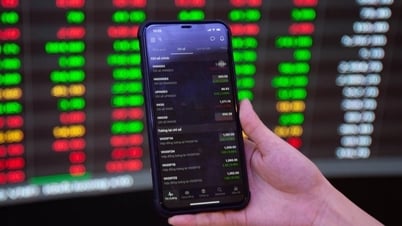









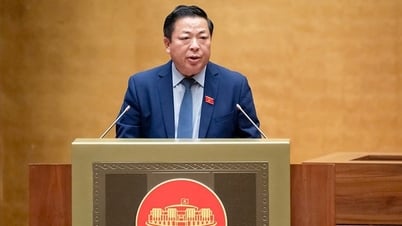

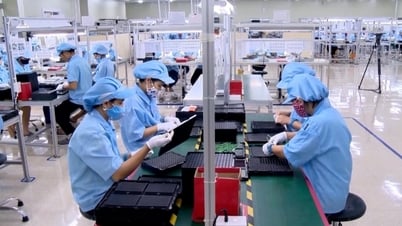







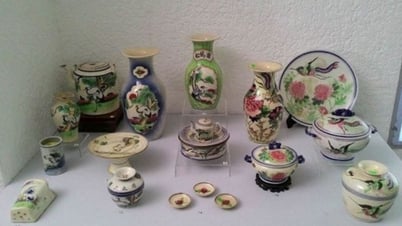










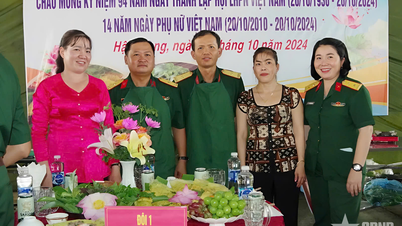





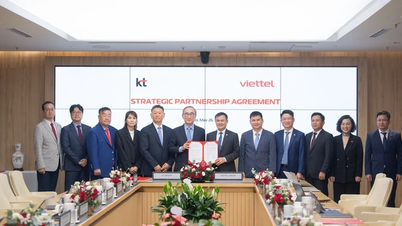
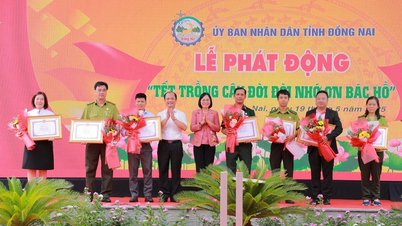
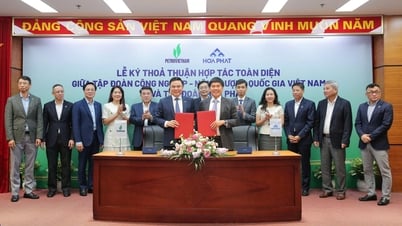






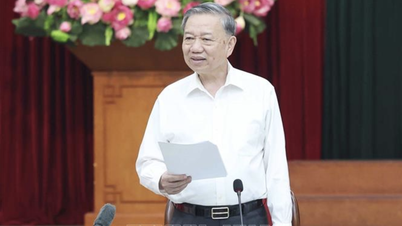


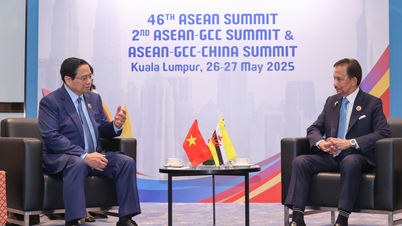


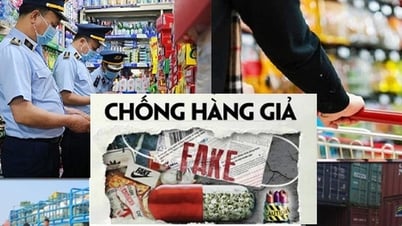







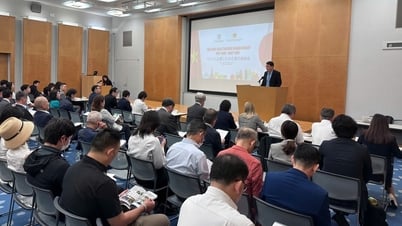
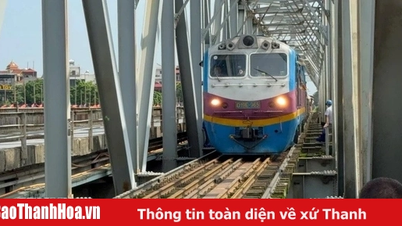

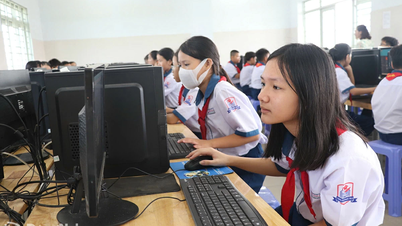

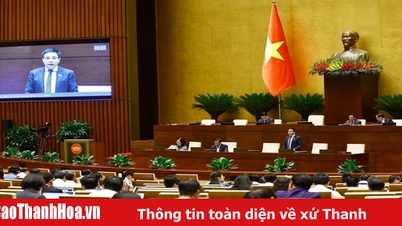




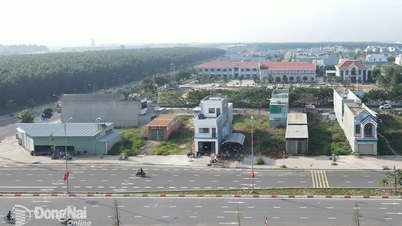
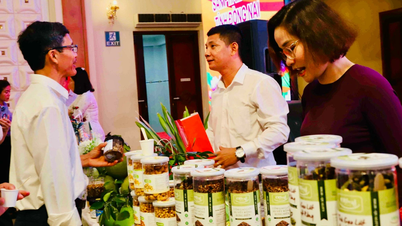
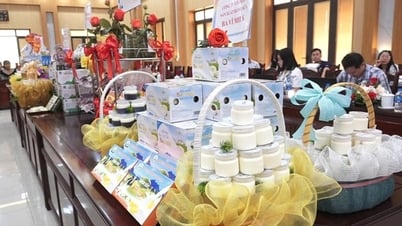





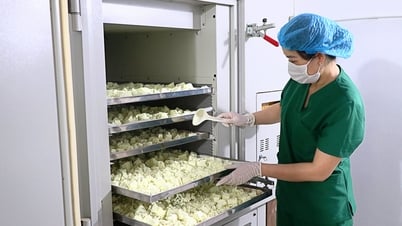



Comment (0)